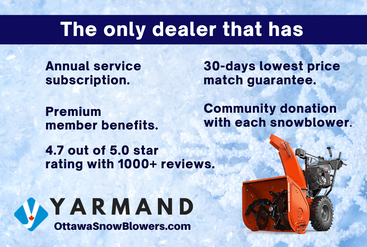|
It was a pleasure for YARMAND to take part in the 2018 Toy Mountain Parade organized by the vibrant community of Riverside South Community Association. Pleased to support the cause with a fleet of Husqvarna toy equipment and contributions from our OttawaSnowBlowers Community Tune up clinic organized this fall. Looking forward to next year!
0 Comments
CTV Ottawa's Storm team goes on the road to find out how Ottawa is preparing for the upcoming snow. From tires shops to snowblower shops, Ottawa residents are rushing to catch up to mother nature. They stopped by YARMAND's Ottawa Snowblowers showroom to get a feel for how residents are preparing to easily remove the snow from their driveways .
Watch the full segment here. YARMAND's OttawaSnowblowers team had a great time helping the Riverside South Community get ready for winter. The goal was to make residence aware of maintenance requirements, best practices and service snowblowers in need of some tender loving care .
Get your Snowblower checked and ready for the season for $149+ tax at the Community Tune-up Clinic with the Riverside South Community Association $25 from every tune-up will go toward the Riverside South Community Association Toy Mountain Parade Toy Drive in November. 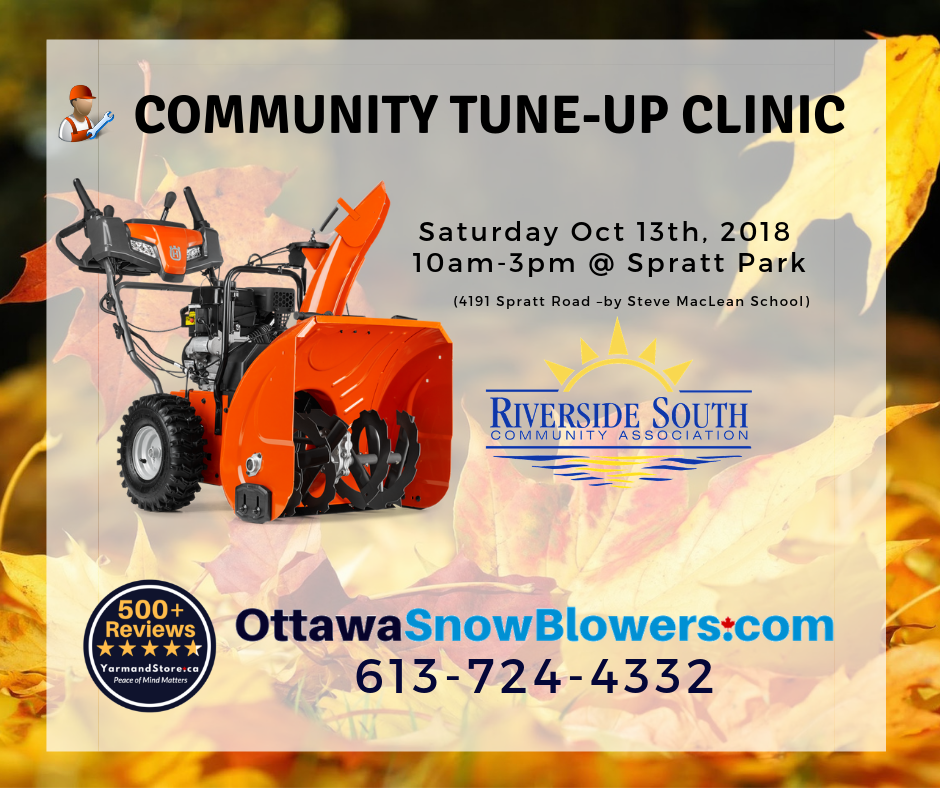 Get your Snowblower checked at the Community Tune-up Clinic with the Riverside South Community Association Saturday October 13th, 2018 10am-3pm @ Spratt Park (4191 Spratt Road –by Steve MacLean School) Experts onsite to answer your maintenance questions! $25 from every tune-up will go toward the Riverside South Community Association Toy Mountain Parade Toy Drive in November. www.OttawaSnowblowers.com Maintenance tips to keep your snow blower in tip-top shape:
The City of Ottawa special advisory issues restriction on over night parking. Due to weather conditions and snow falls the restrictions are in effect from 1:00am to 7:00am.
For more updates visit City of Ottawa website. Looking for a 2-Stage Sno-Thro? Here is some info to help you choose the Ariens Snow Blower that is right for you. The focus of this years training was the Husqvarna model 525 series of trimmer.
Our Master Tech also had an opportunity to: > Perform a full tear down of the model 525 powerhead. > Learn about Smart Switch exclusively on Husqvarna branded products > Learn about the Revolutionary AWD walk behind mower. > How to work with Battery Operated diagnostics and Battery Operated software and programming. > Introduction to the new 129 series of trimmers. Our aim is to always keep updated on new technologies to serve our customers better It’s here! The time of the year with fluffy white landscapes. As Ottawa gets it's first major snowfall of the season, we thought to send you a quick note on how to get your snow blower out of hibernation and into "back saving" mode again.
Here are 2 very basic steps to start off with: 1. Have at least 1/2 tank of FRESH fuel in your snowblower. (we recommend Shell 91) 2. Review starting procedures. We don't use our snowblowers everyday and tend to forget the basics. Are you still finding the "Engine is difficult to start" ? Snow throwers can develop "flu-like symptoms" such as sputtering and sluggish starts if fuel sits in the tank for long period of time. These problems may be avoided by always using fresh fuel ( NON ETHANOL FUEL!) and fuel stabilizer to keep the fuel fresh. If the problem persists, the carburetor may need to be checked by a technician. We hope that you find this helpful. For more information and support please visit OttawaSnowBlowers support section , Contact us and our team will be glad to help you Ph: 613-724-4332 or drop by our facility on 1642 Woodward Dr., Ottawa. Wishing you a safe and trouble free winter. YARMAND Team at OttawaSnowBlowers.com As the Nor'easter's impact reaches Ottawa.The OttawaSnowBlowers.com Team of Experts stand by to help with preparing for Snow in Ottawa Region.
Now that winter is upon us, cleaning snow can be a daunting task for most residence. Especially in more recent winters our region has received it’s fair share of snowfall and storms. It’s important to be prepared with the right tools to weather any storm safely.
Safety while using a snowblower:
For many homeowners winter time means spending hours keeping pathways and driveways clear. Buying a snow thrower could save you a lot of time and effort. There are a few things to keep in mind before you make your decision. In this buying guide for snow throwers you’ll find tips to make the right choice.
Before you buy, you should consider the following things: Size of area and snow conditions The first thing to take into account when buying a snow thrower is the size of the area that you need to clear. Large gardens, pathways and driveways naturally require a bit more power than smaller outdoor spaces. You should also consider the amount of snow and the typical snow conditions in your region. A snow thrower with a powerful engine and wide working width will save you time if the area is covered in deep, heavy snow, whereas smaller areas covered in dry snow require less power. Single stage or dual stage There are two different types of snow throwers: single stage and dual stage. The Dual stage snow thrower is a larger more powerful tool. Dual stage models are most effective for deep, heavy and packed snow removal, while the single stage is best suited for smaller areas covered in dry, powder snow. The auger of the single stage snow thrower actually comes in contact with the ground and it should not be used on gravel surfaces. Lastly, the single stage is much smaller, takes up less space and is lighter than the dual stage snow throwers. Start, Steer and Storage A snow thrower with power steering is easier to manoeuvre than other models. Choose a model with power steering if you need to make lots of turns while you are plowing; either while clearing large open areas or when removing snow from winding pathways. It is a good idea to bring a pair of gloves with you when you test the snow thrower, to make sure the controls are easy to reach and operate even with gloves on. For a trouble-free starting on colder days a model with electric start is the best choice if you have easy access to electrical outlets in your storage space. You can store your snow thrower in your garage or outdoor shed. However, if you have limited space to store your snow thrower, make sure to buy a cover to protect the machine if it’s stored outside. Safety Snow throwers are powerful machines. Always look carefully for safety labels and ensure to read the instructions for proper operation. Generally, snow throwers are quite loud so it’s a good idea to wear hearing protection. Winter tends to be a darker season, make sure your snow thrower is equipped with headlights so you can easily see in the evening and inclement weather. Wheels and chutes The size of the wheels determines the grip you will get; if you live in a region where there is a lot of snow or if you have an irregular terrain, you might want to consider buying a snow thrower with a track drive for better traction. The type of chute on your snow thrower will determine how far the snow will be thrown and in what direction. Single stage models throw as far as 10 meters (32’), while dual stage models can throw as far as 14 meters (46’) depending on the snow and other conditions. Final Tip: For a warmer and more comfortable operation, you may want to consider investing in a snow thrower with heated handles :) Source: http://www.husqvarna.com/ca/en/support/buying-guide/snow-throwers/ After experiencing one of the worst winters in Canada this past year, it’s no wonder that over a third of Canadians are feeling nervous about the upcoming winter season*. Related pages for Ottawa Snow Thrower Selector Whether it’s buying a snow thrower, a better shovel or salt; or looking into paid options for snow removal, 41 per cent of Canadians are planning to take proactive steps this year to better prepare for the upcoming season.
“Early reports are in, and while we may not experience the same frigid temperatures as we did last year, it’s clear that Canadians should be prepared for another year of extreme weather,” says Dr. Bell, Professor Emeritus and former Dean, Faculty of Environmental Studies, York University. If there is one thing that we learned from last winter, it is that a devastating snow storm can hit at any time. It is important for Canadians to think ahead and get the tools they need now so that they are well prepared for the potentially harsh winter ahead. For the growing number of seniors, appropriate preparations are crucial.” Over a quarter of Canadians admitted to feeling unprepared for the harshness of last winter. And it’s no surprise that provinces that were among the hardest hit last year (Manitoba, Saskatchewan, and Ontario) are the ones that felt most unprepared for this past winter. When it comes to tackling snow this past winter, 62 per cent of Canadians did their own snow removal; however, 4 in 10 struggled to get the job done last winter. “Our research indicates that 56 per cent of Canadians have either hurt their back or felt sore after shoveling snow” says Michelle Sordi, Husqvarna Canada. “Our high quality tools are expertly crafted to tackle Canadian winters and make them more manageable. With an entirely revamped line of snow removal products, Canadians can count on our products to help them better prepare for the winter ahead.” Looking for advice on snow tools in Ottawa visit: OttawaSnowBlowers.com or Call 1-800-610-5635 * According to a survey of 1501 Canadians conducted between September 22 and 25, 2014 by Leger online panel, LegerWeb, with a margin of error of +/- 2.5%, 19 times out of 20 Colder weather is fast approaching and it's time for the semi-annual 'changing of the guard,' from mower to blower. Soon you will retire your lawn mower to storage and begin prepping your snow blower for brave winter conditions. Whether you have a push lawn mower or riding mower, performing a few basic winterization tasks now will pay off next spring and help to extend the life of your machine. And as for your Sno Thro, give it a good checkup before the winter storms roll in and you really need it. An Ariens dealer can help service your equipment each year as you enter the season of “Changing of the Guard.”
Use this checklist to help properly store your lawn mower and prep your snow blower, ensuring that your equipment stays tougher than the elements. Good Bye Mower... (View pdf Checklist)
Take your Snow Blower Out of Storage - With another snow season underway (or fast approaching), it's time to move your Sno-Thro to the front of the garage where it belongs.
Source: http://www.ariens.com/en-us/more/blog?post=2013/10/04/changing+of+the+guard+lawn+mower+to+snow+blower+maintenance+checklist After a long cold winter, we are ready for spring to arrive and for grass to grow, so it's time once again for the semi-annual 'Changing of the Guard,' and this time it is from blower to mower. As you retire your snow blower to storage and begin prepping your lawn mower for the cutting season, follow these helpful tips to extend the life of your machines – both your mower and your blower.
Give your mower a good checkup before the busy mowing season starts, and properly store your snow blower so it will be ready to go back to work next winter. YARMAND can help service your equipment each year as you enter the season of the "Changing of the Guard." Print this checklist to help properly store your snow blower and prep your lawn mower, ensuring that your equipment stays around for years to come. It’s here. This time of the year means one of two things: fluffy white landscapes reflecting a season of merriment or months of wet blizzards with blinding, wind-driven snow. Whatever your feelings about winter, you don’t want to get caught in the storm unprepared. If you’re notorious for waiting until the last minute and wake up one day to strong winds, flurries and freezing rain, here’s a quick emergency survival guide for a snow blower that won’t start. Start from the top of the list and move down until any snow equipment problem is remedied 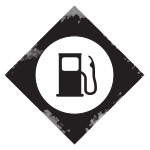 Check Fuel Tank Look to see if it is low or empty. When gasoline is stored over a long period of time and no fuel stabilizer is added, it loses volatility. As gasoline ages it turns into a varnish like coating in the carburetor, blocking fuel from the engine and preventing start. If this occurs, take your Sno-Thro to your local Ariens servicing dealer to clean your carburetor or replace it. If the fuel is from last winter, summer, or fall season and/or no fuel stabilizer was added before storage, drain the system through the carburetor. Once drained, pour in known fresh fuel (purchased within 30 days) and a fuel stabilizer 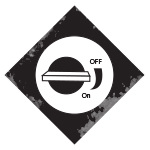 Check Fuel Shutoff Valve Check if the engine switch is in the OFF position. If it is, turn the switch to the ON position. 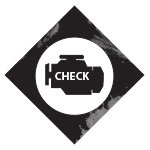 Check Engine Switch Many of the engines on Ariens Sno-Thro units have a “key switch” and a red toggle switch. Ensure that the red plastic key is properly inserted into the holder and the red toggle switch is in the “run” position. If either is not in the correct position, the engine will not fire causing the chance of flooding. 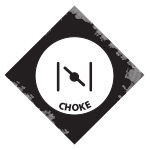 Check Choke Position Check the choke position; turn to ON position for cold engine starts. Always use the choke to start a cold engine, turning to “Full Choke.” Check your Owner's Manual for proper choke positioning. If the temperature is above 32 degrees, priming the carburetor may flood the engine easily so try only choking the engine.
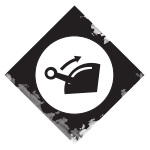 Check Throttle Position Check the throttle position (if applicable); turn throttle position to at least 3/4 speed. 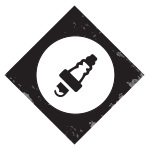 Check Spark Plug Check the spark plug for fuel and correct air gap. Remove the spark plug and see if it is wet (this will confirm flooding). If the spark plug is wet, turn the engine over several times without the spark plug installed to help disperse the excess fuel out of the spark plug hole. Clean the spark plug of excess fuel and reset the air gap. Reinstall the cleaned spark plug or replace with a new spark plug. Perform starting procedure again, this time without the choke on. If all of these items are checked and the unit will not start, take your unit to an Ariens servicing dealer. For quick start guides on the 2011 -2013 models - Click here. For Ariens engine manufacturer links: Briggs and Stratton, Honda, Kawasaki, Kohler, Ariens OHV / LCT, Tecumseh, Robin/Suburu, Kubota. Other related useful topics:
ARIENS Sno-Thro QuickStart Links & How to Video VIDEO: ARIENS Sno-Thro Operation Instructions Seasonal Fuel Blends: What's the difference between summer and winter fuel? Troubleshoot: Unit Fails to Propel Troubleshoot: Unit Fails to Discharge Snow Troubleshoot: Engine Fails to Start Does your snow thrower have the flu?
Tags: fuel problems, engine not starting, snowblower not running, ethanol problems, E10, fuel octane, carburetor
Other Related Help Topics: Troubleshoot: Unit Fails to Discharge Snow ARIENS Sno-Thro QuickStart Links & How to Video VIDEO: ARIENS Sno-Thro Operation Instructions Seasonal Fuel Blends: What's the difference between summer and winter fuel? Does your snow thrower have the flu? Snow throwers can develop "flu-like symptoms" such as sputtering and sluggish starts if E10 fuel sits in the tank all winter, writes Ed Pfeifer, owner of Pfeifer Hardware in Mars, Pa. These problems may be avoided by use of a fuel treatment designed to work on "stale fuel" as well as fresh fuel. Additionally, snow throwers should be started up periodically in the off-season to prevent carburetor jets and fuel lines from becoming clogged, he advises.
Unit Fails to Propel
Unit Fails to Discharge Snow
Engine Fails to Start
Watch this quick 2 mins video to learn about effects of fuel on your small engines. Advanced Formula Fuel Treatment & Stabilizer protects your engine against the corrosive effects of ethanol and maintain fuel stability for up to 3 years. Advanced Formula Fuel Treatment & Stabilizer protects your engine against the corrosive effects of ethanol and maintain fuel stability for up to 3 years.
The right fuel treament from the small engine experts. Source: http://www.briggsandstratton.com/us/en/support/videos/maintenance-repairs/advanced-formula-fuel-treatment-and-stabilizer Is it OK to blend fuels from season to season? What's the difference between summer and winter fuel?
Published 12/03/2012 11:47 AM | Updated 06/14/2013 12:12 PM Depending on your state's regulations, there could be up to a 30+ blend of fuel each year depending on the outside temperature. Purchase fresh fuel for your lawn and snow equipment in smaller quantities and just prior to using it for the season. It is not recommended that fuel be used from the prior season. (This applies to all fuels with 10% ethanol or less.) Winter fuel is blended to have a higher amount of vapor coming off the fuel. This helps winter equipment start in cold temperatures. However, this also causes the fuel to age quicker and if the fuel is not treated with a fuel stabilizer it will start to break down after (approximately) 30 days, causing the carburetor to plug. (This is a common scenario between winter seasons when untreated fuel is left in the fuel system.) Note: Winter fuel will breakdown at an accelerated rate, if not treated, when the temperature starts to rise in the spring of the year. So, winter fuel will work in summer engines because it is very highly volatile due to the high amount vapor coming off the fuel. Summer blended fuel will give off far less vapors and is designed for warm weather equipment use. Summer fuel has a longer life span with less need for a stabilizer. Summer fuel doesn't work well in winter equipment when trying to start an engine in 30 degree weather. Note: Fuel stabilizer is also recommended for summer fuel, due to its detergent additives that help to keep the fuel system clean at all times. Source: http://ariens.custhelp.com/app/answers/detail/a_id/434/related/1 What are the starting and operation procedure for my Snow Blower?This quick 4 min video will help you start and run your snow blower with ease and troubleshoot common starting/operation problems. > Basic checks before starting your snow blowers > Typical Starting Procedures > Snow Blower Operating Procedures. The tips in this video are for the Ariens Platinum 30 Sno-Thro. We recommend you check your owner's manual for your machine to verify any operating guidelines for your specific snowblower.
For dore detailed instructions based on your SnowBlower model click on this link: http://www.ottawasnowblowers.com/1/post/2013/11/ariens-sno-thro-quickstart-links-how-to-video.html |
Links to our other sites:* Prices subject to change without notice. Delivery limited to local Ottawa area.
|
|
© 2001-2024 Yarmand Tech Ltd. www.Yarmand.ca Powered by: ClientsViews.com

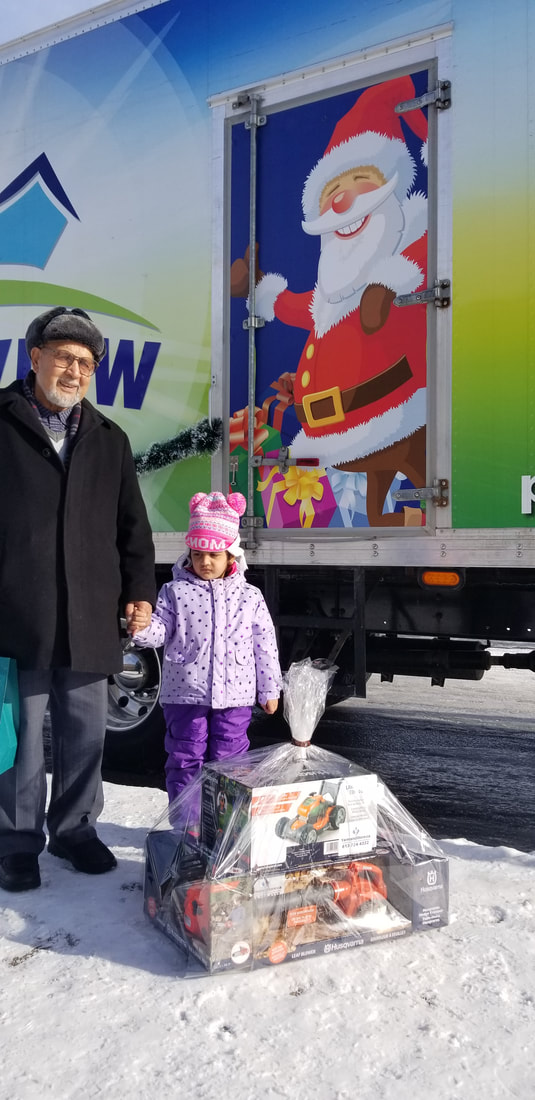

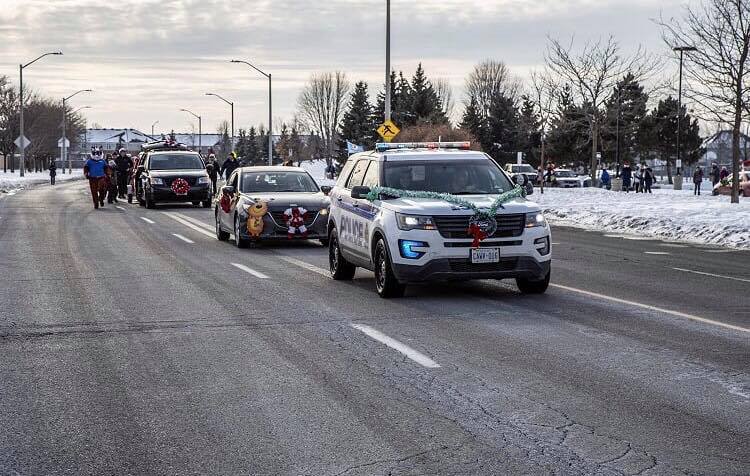
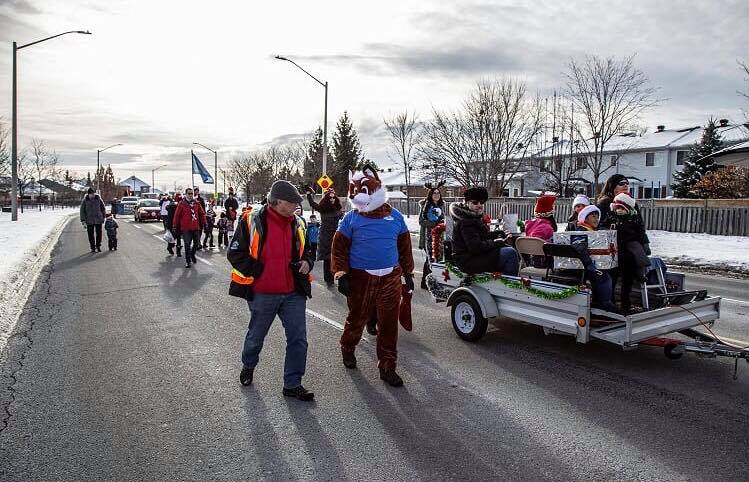
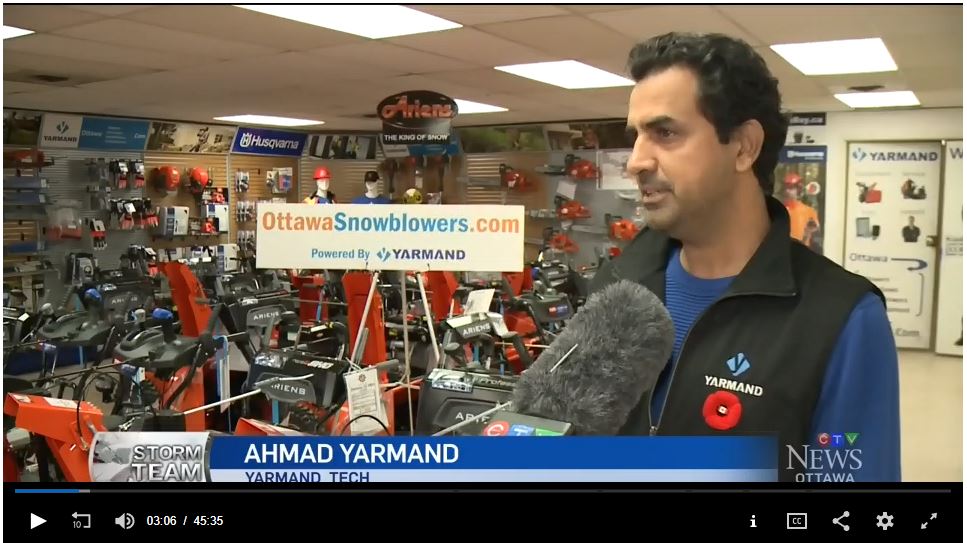
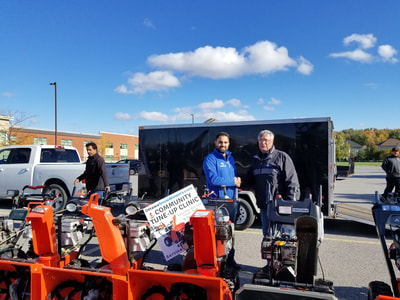
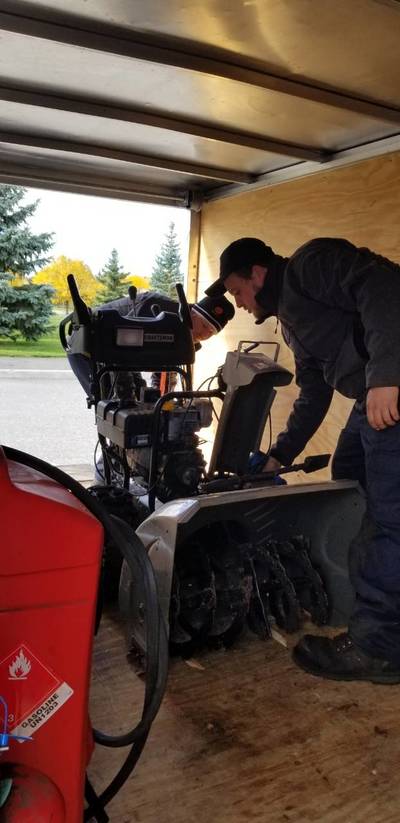
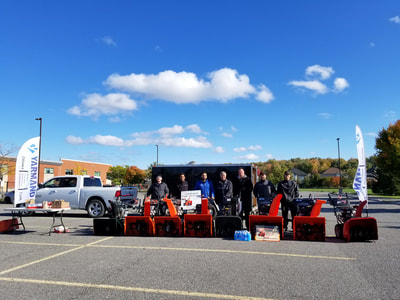
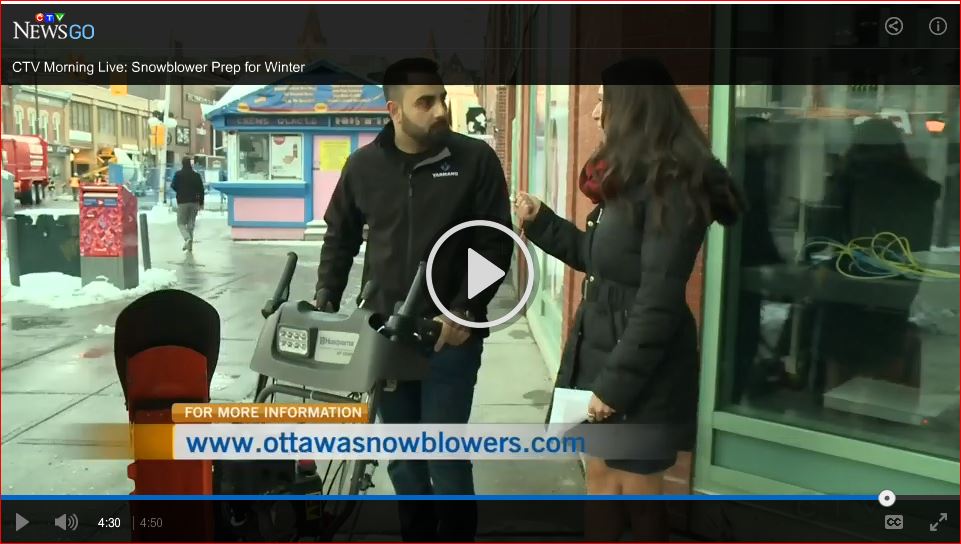
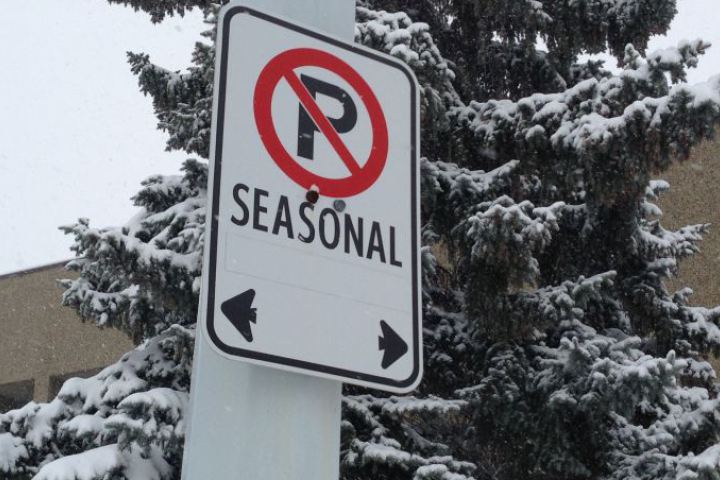
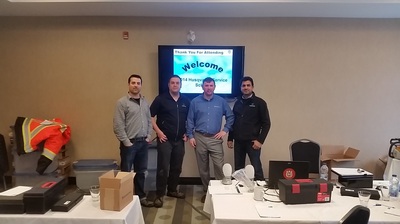
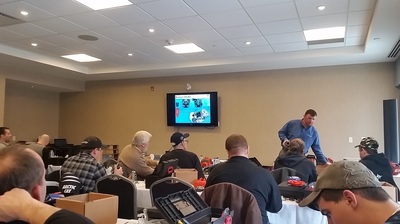
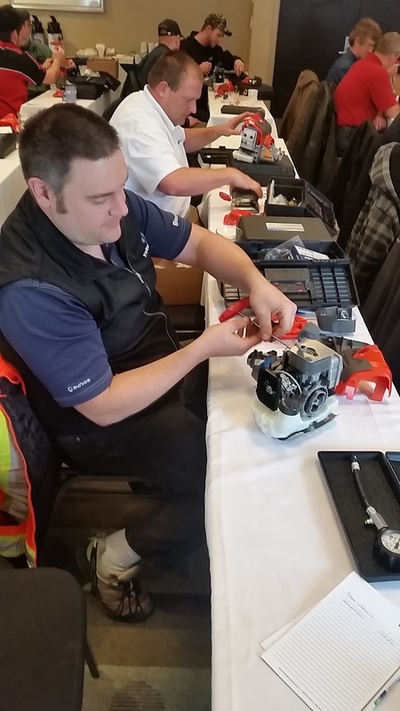
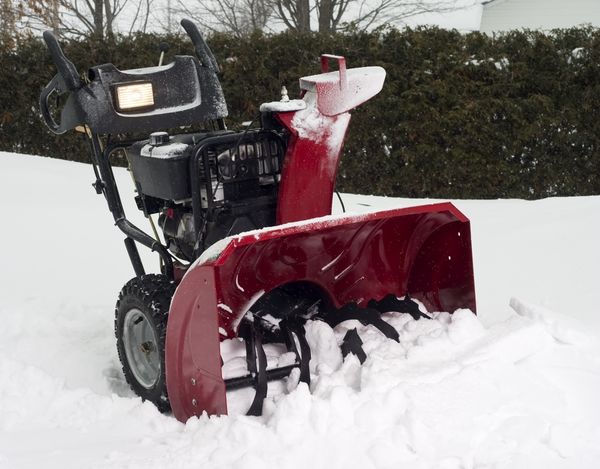
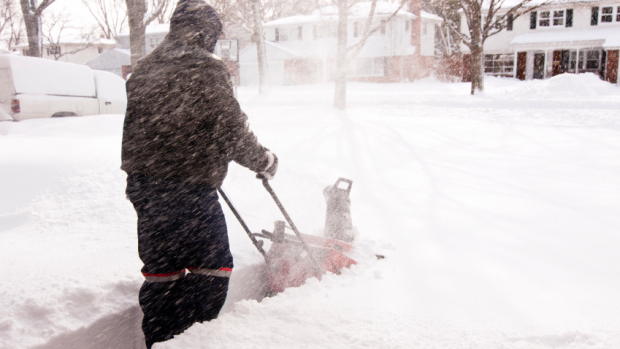
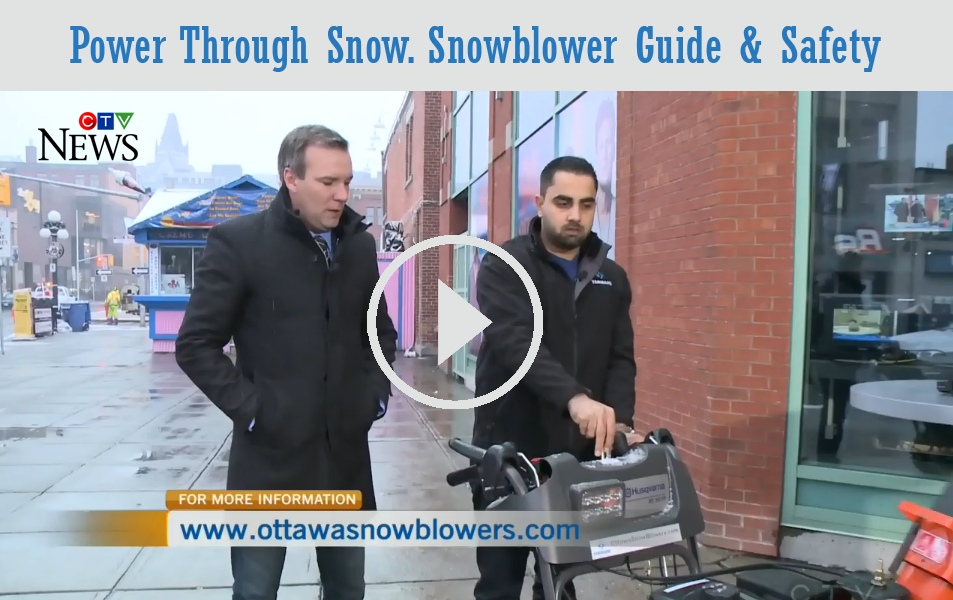
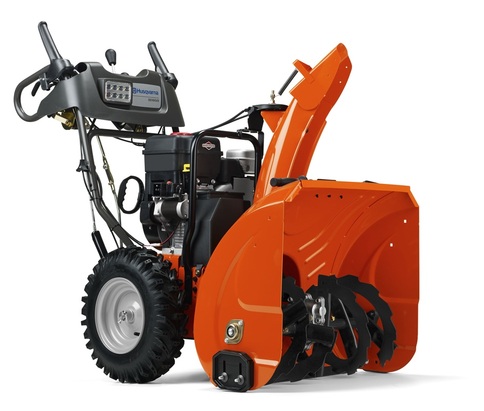
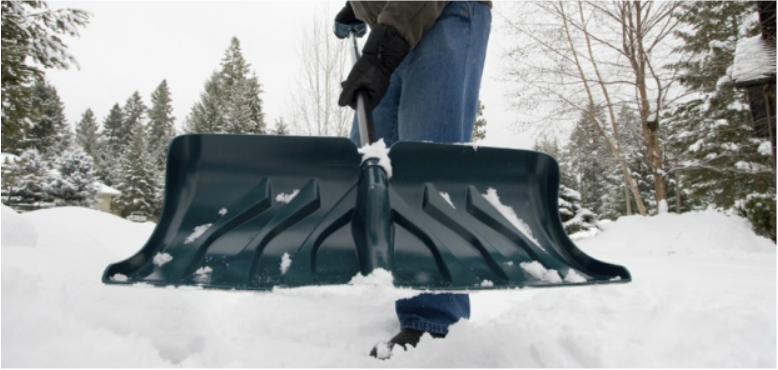
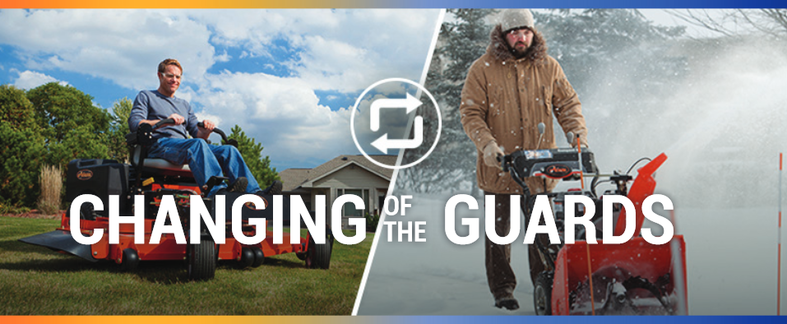
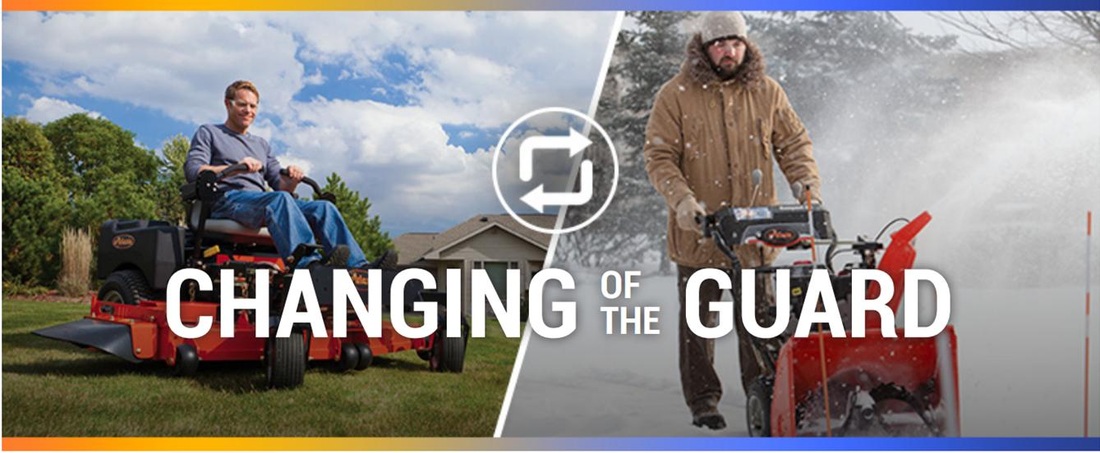
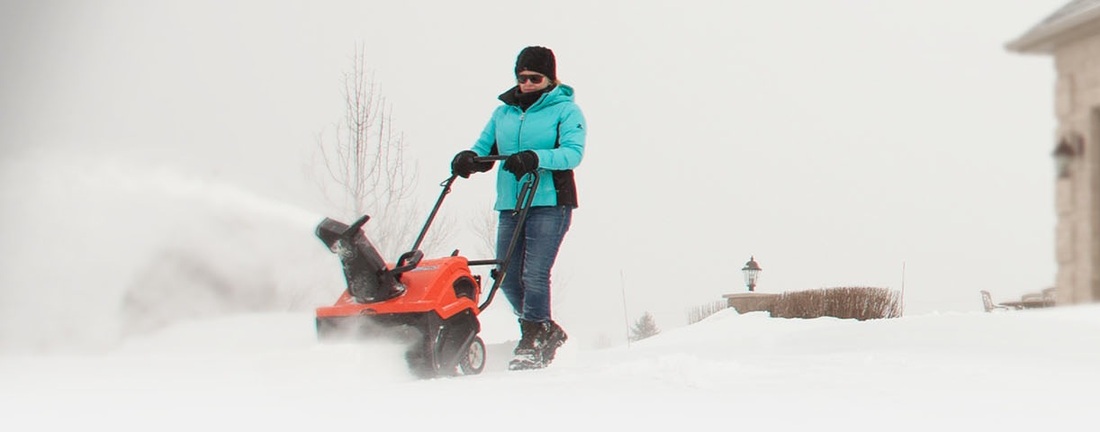
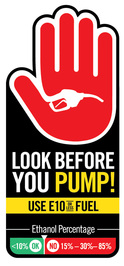
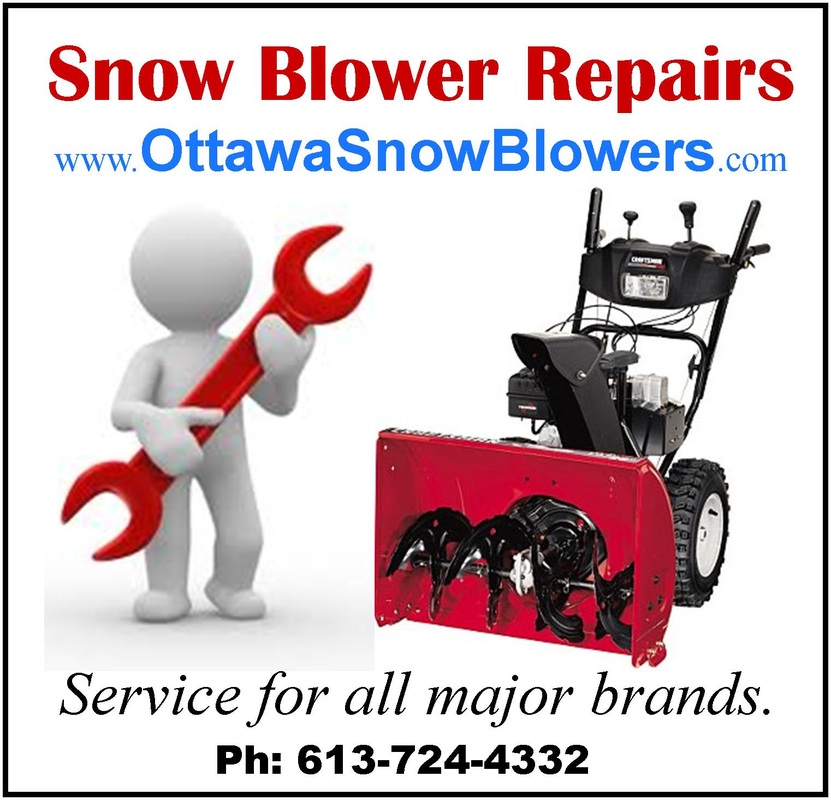

 RSS Feed
RSS Feed
